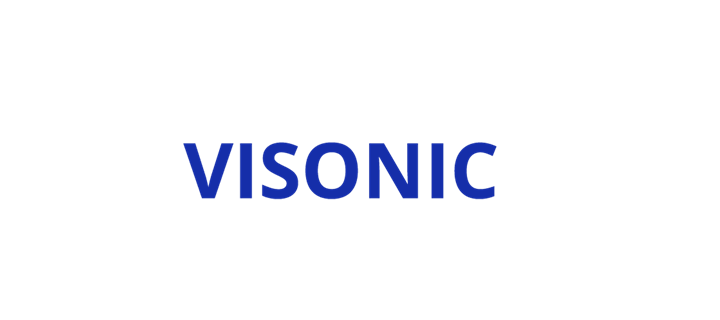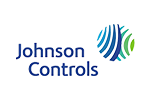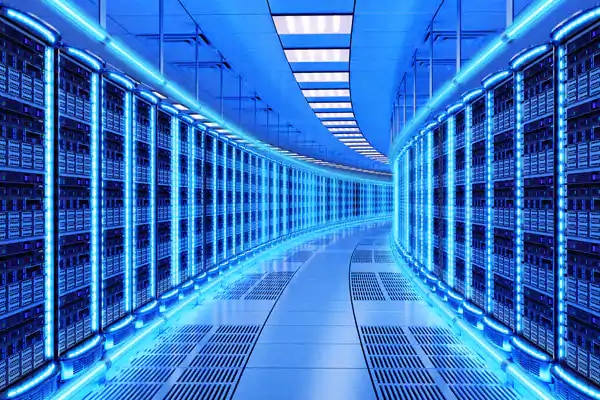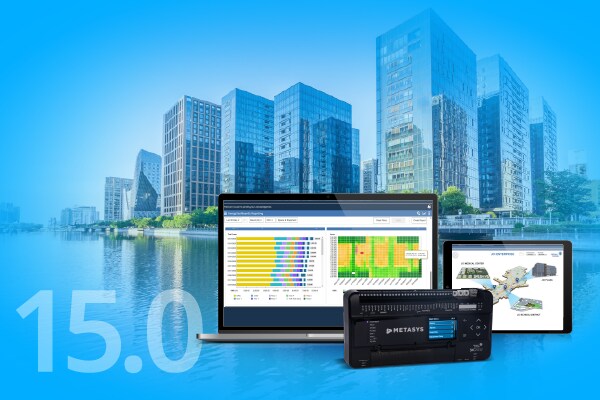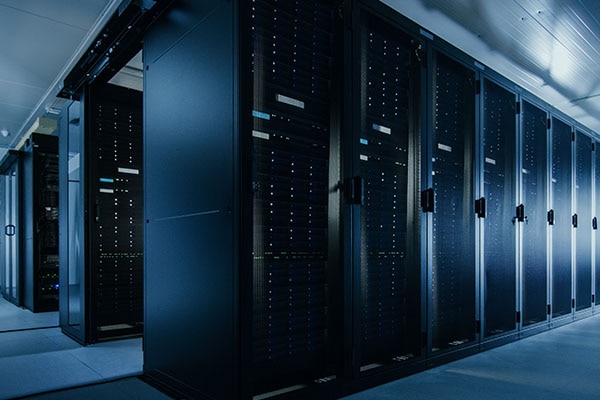A Brief Guide to IOT Devices
The Internet of Things (IoT) is rapidly becoming a cornerstone of modern technology, transforming industries and daily life alike. This concept, which refers to a network of interconnected devices that communicate and exchange data, has experienced huge growth over the past decade.
According to Intel, the number of IoT devices has surged from just 2 billion products to an astounding 200 billion over the past 15 years. These devices are now prevalent in both domestic and commercial markets. However, it is in the commercial sector - spanning industries such as manufacturing, healthcare, logistics, and agriculture - where IoT platforms are truly revolutionising operations.
To help you better understand this innovative field, here’s our guide to all things IoT, exploring its foundational elements, its immense potential, and its role in shaping the future.
What is an IoT solution?
At its core, an IoT solution involves a network of connected devices designed to gather, exchange, and act on data. While sharing similarities with smart devices, IoT platforms are distinct in their ability to integrate seamlessly into an IoT network, enabling continuous communication and collaboration among multiple devices.
An IoT device or platform can be defined by meeting two essential criteria:
- Internet connectivity: The device must have the capability to connect to the internet. This allows it to transmit data to cloud-based systems, enabling remote access, monitoring, and control.
- Device communication: The device must be able to interact and exchange data with other devices within the network. This is typically achieved using technologies such as sensors, RFID trackers, embedded chips, or specialised software.
Devices equipped with these capabilities - ranging from wearable fitness trackers and smart thermostats to industrial machines and autonomous drones - qualify as part of an IoT solution. What sets IoT apart is the ecosystem it creates, wherein every connected device enhances the functionality of the whole network.
The Components of an IoT network
An IoT network typically consists of three key elements that work together to deliver value:
- IoT devices: These are the physical objects equipped with sensors, actuators, or other technologies to collect and transmit data. Examples include smart home devices, industrial machinery, and wearable health monitors.
- IoT communication infrastructure: This is the framework that allows devices to connect and share data, leveraging protocols such as Wi-Fi and Bluetooth. Advanced IoT systems may also incorporate edge computing to process data locally, reducing latency and bandwidth demands.
- Cloud and analytics platforms: Once data is collected, it is sent to cloud-based systems for storage, processing, and analysis. These platforms enable real-time insights and actionable outcomes, such as predictive maintenance, optimised energy usage, or personalised user experiences.
The growing importance of IoT in the modern world
As IoT devices grow, the networks they create are driving significant advancements in automation, efficiency, and connectivity. For example, IoT networks in smart cities manage traffic flow, monitor environmental conditions, and improve public safety. In healthcare, wearable IoT devices provide continuous patient monitoring, while industrial IoT (IIoT) systems enhance productivity through predictive analytics and machine learning.
The transformative potential of IoT lies not only in individual devices but also in the synergy of the broader network they form. By enabling real-time data flow and intelligent decision-making, IoT solutions are becoming indispensable in an increasingly connected world.
Examples of IoT devices
IoT solutions are actually far more prominent in industrial and commercial settings like factories, businesses and healthcare facilities. Many of these come in the form of Building Automation Systems (BAS). Meanwhile, other prominent sectors for IoT devices are retail, for smartphone payments and inventory tracking, and security, for solutions such as video management technology.
What are the pros and cons?
Advantages of IoT platforms can include:
- Improved efficiency and communication: Machine to machine (M2M) interaction can help streamline tasks and improve operations
- Data collection benefits: The information stored by IoT devices can be used for a variety of things, from automation or business analysis and forecasting to enhancing security and safety
But despite this, some IoT systems can have considerable drawbacks if they’re not implemented carefully. Indeed, compatibility issues between independently-made devices can lead to problems such as operational slowdown, data security threats, and a loss of privacy.
OpenBlue: Why you can trust Johnson Controls’ IoT platform
OpenBlue offers a complete suite of connected IoT solutions that is helping to transform facilities into sustainable smart buildings all over the world. The fact that it is a connected platform helps to push the benefits of IoT devices whilst simultaneously offering enhanced security and asset safety. That’s why it’s been trusted in a variety of industries from commercial workplaces to hospitals and schools, and many more.
The connected experiences that OpenBlue provides led us to be named “Overall IoT Company of the Year” in 2020 and “Overall Smart Building Management Leader” in 2024, highlighting the effectiveness of our digital solutions.
In addition to this, George Oliver was also named “IoT Company CEO of the Year" through the IoT Breakthrough Awards Program 2022.
If you’d like to read more, check out our range of OpenBlue systems here.
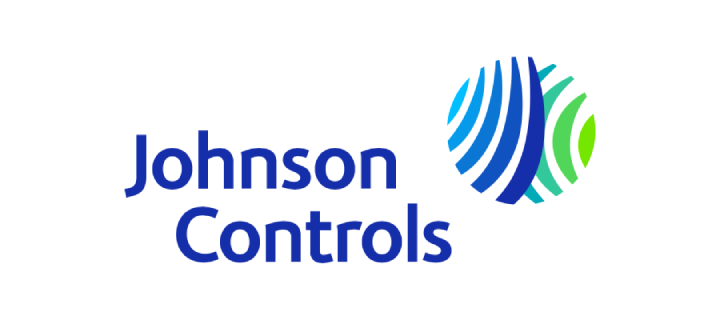
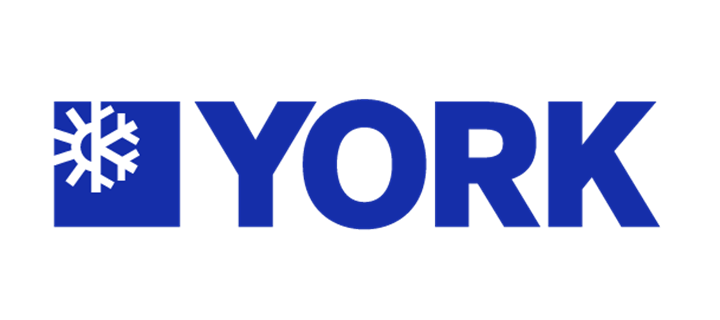

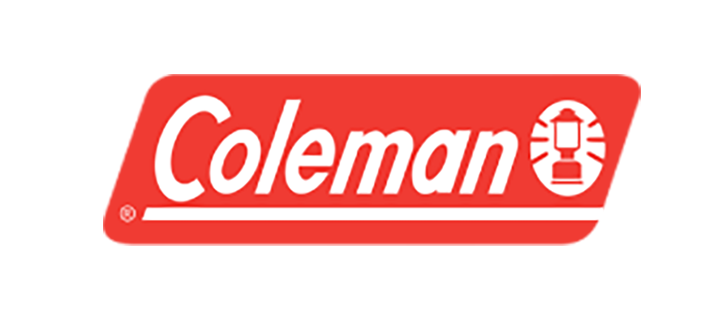

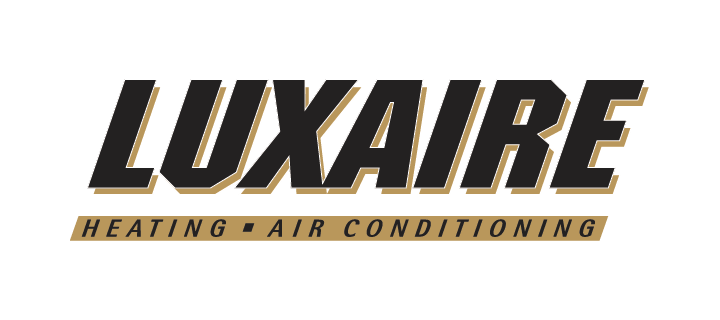
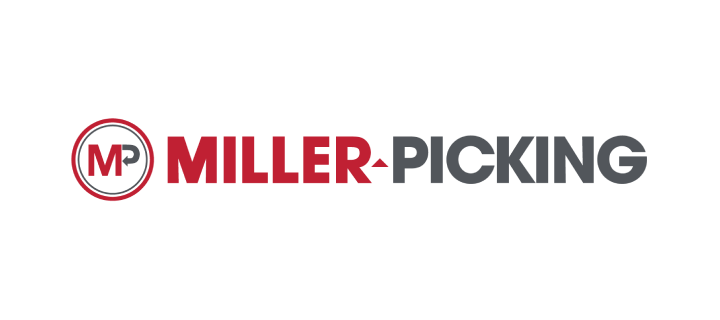
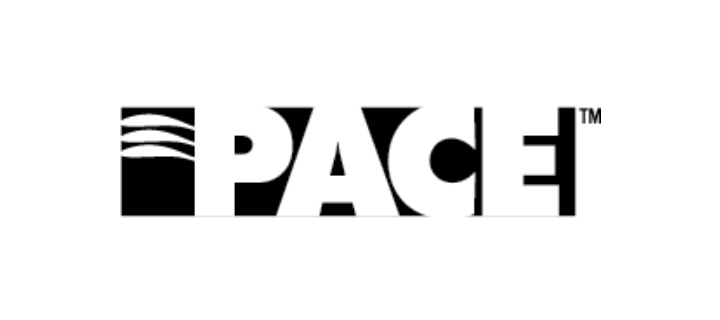
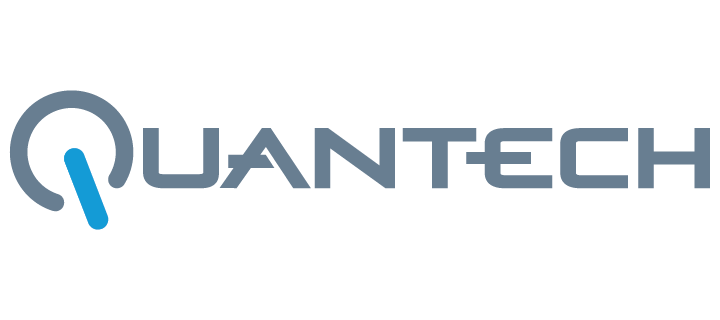
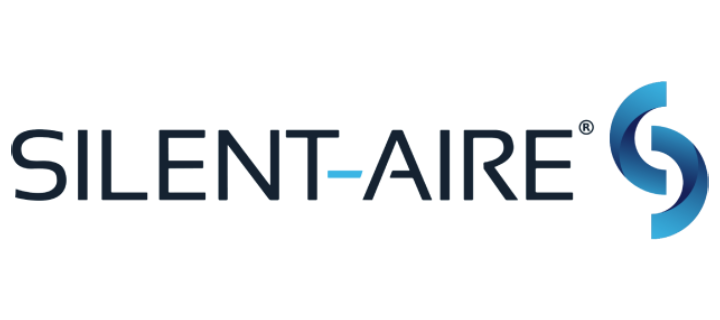
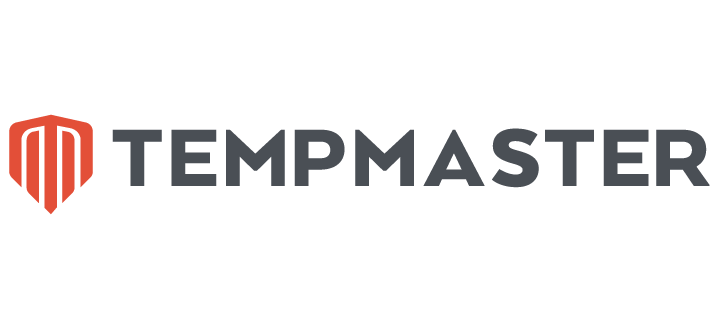
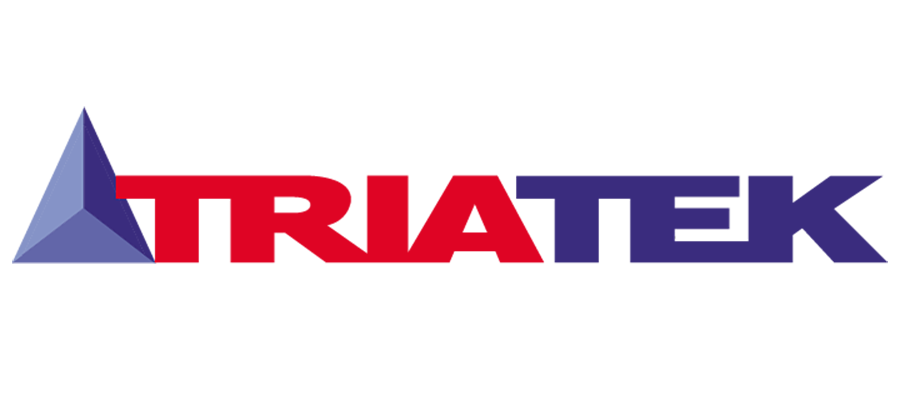
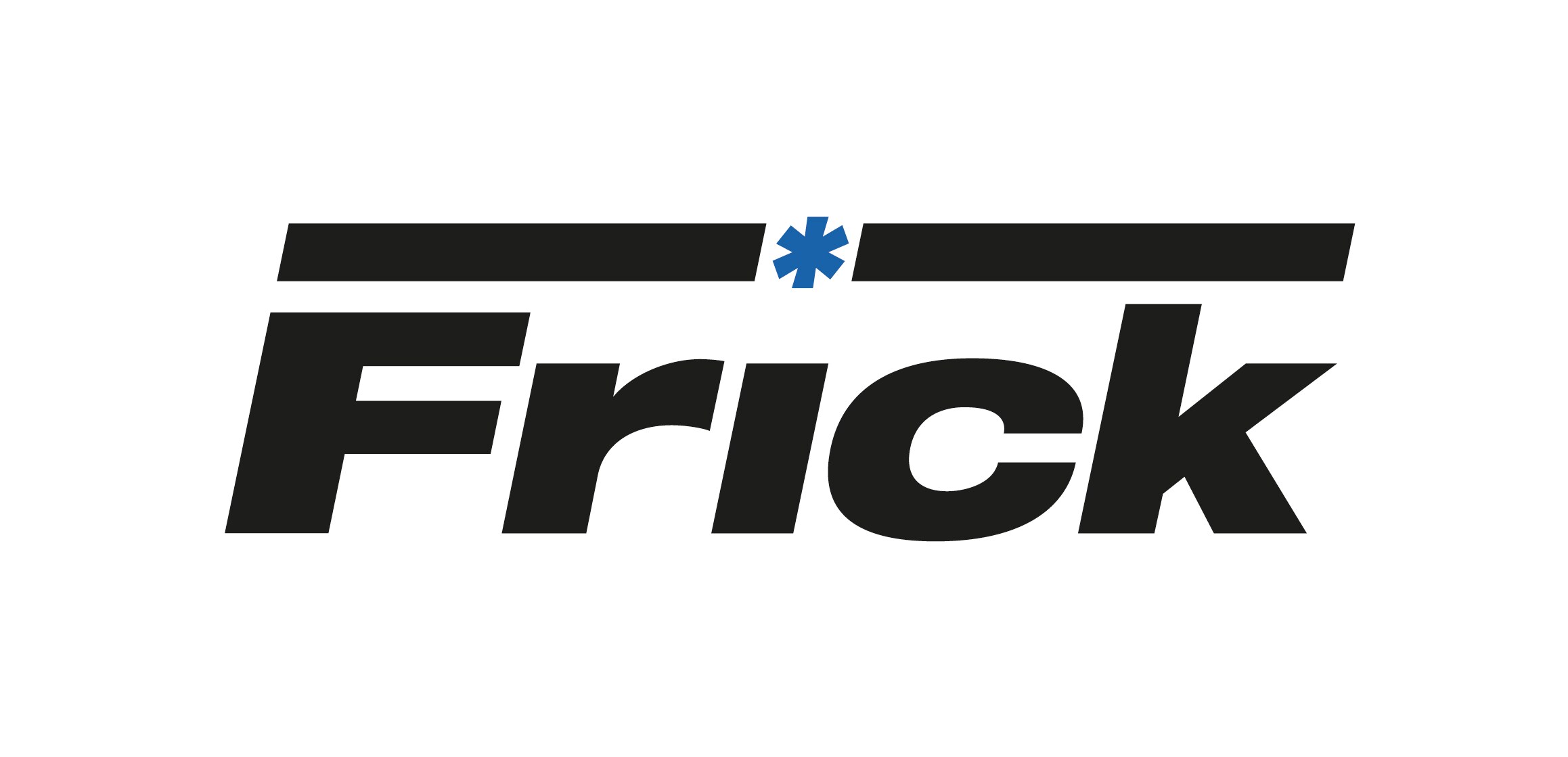

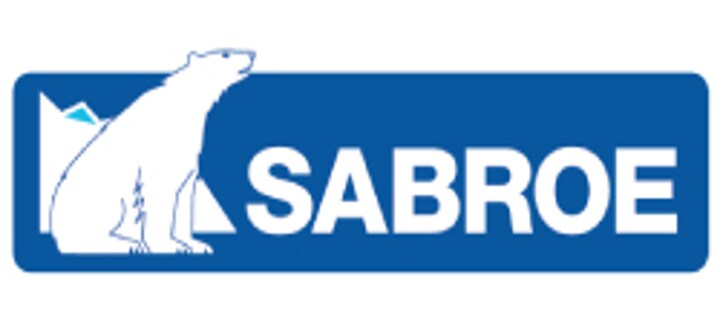

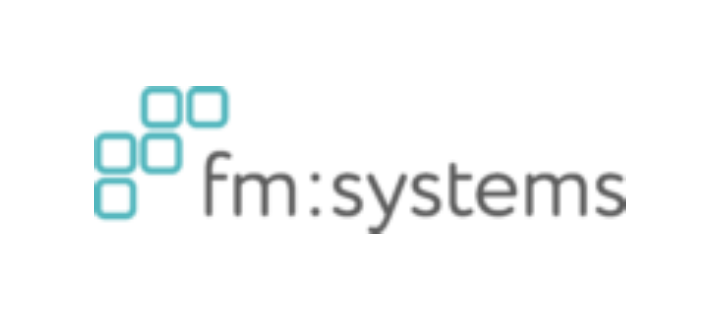

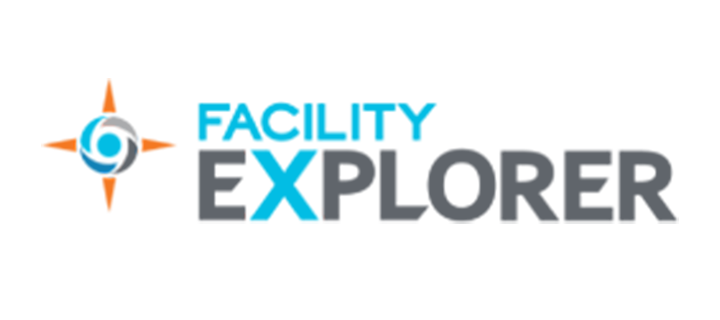
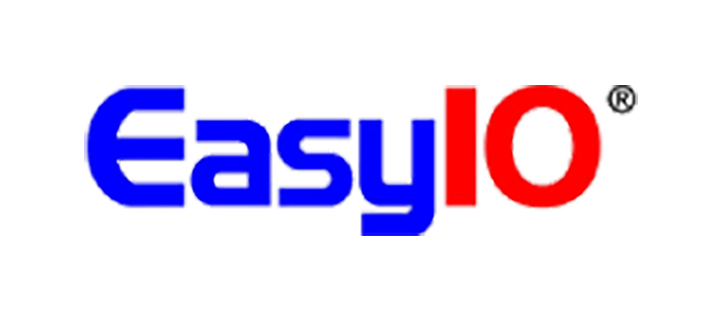
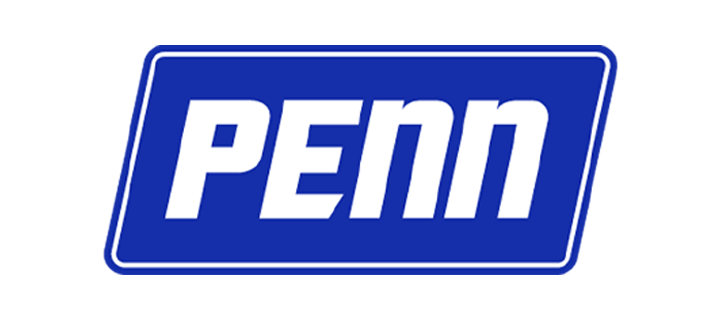

.jpg?la=en&h=320&w=720&hash=244C75B74F0F77521D56164450973BCD)

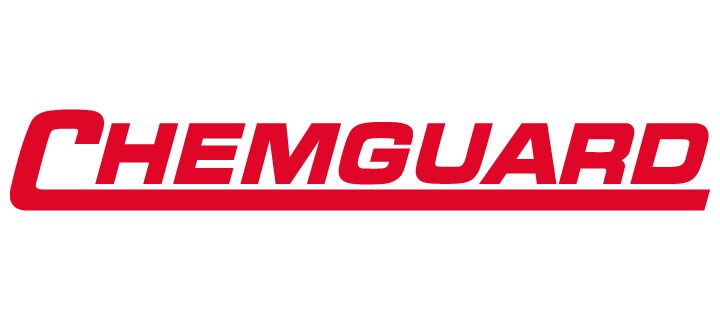
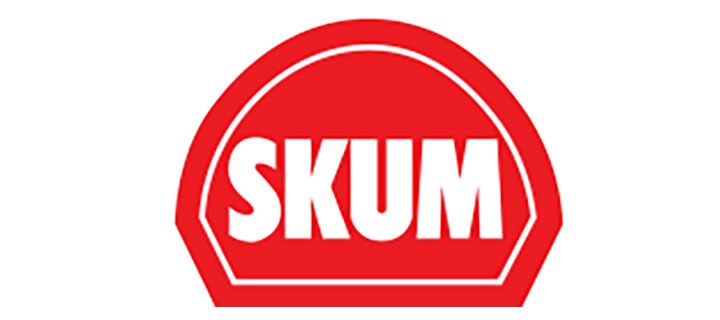
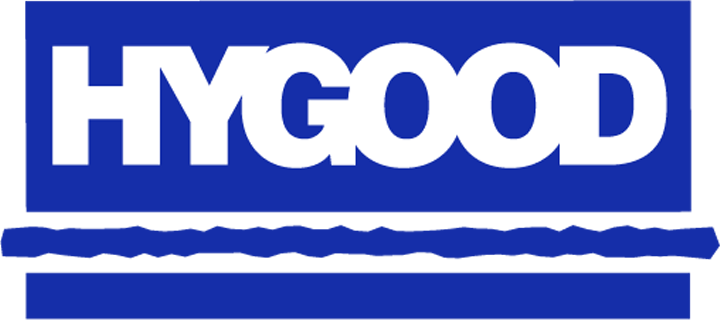
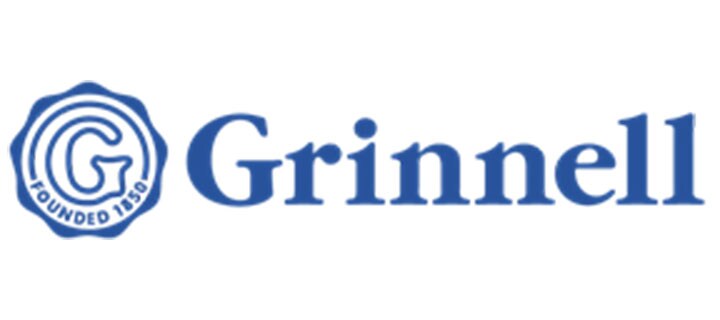
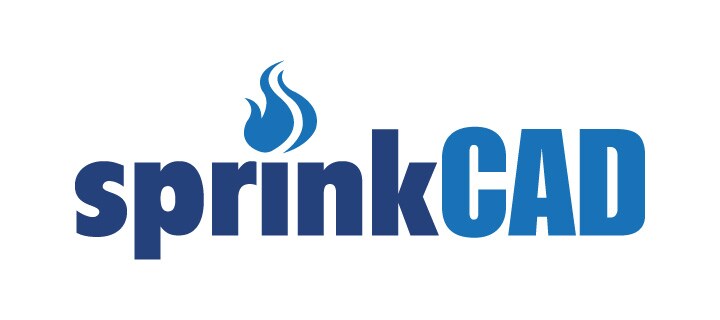
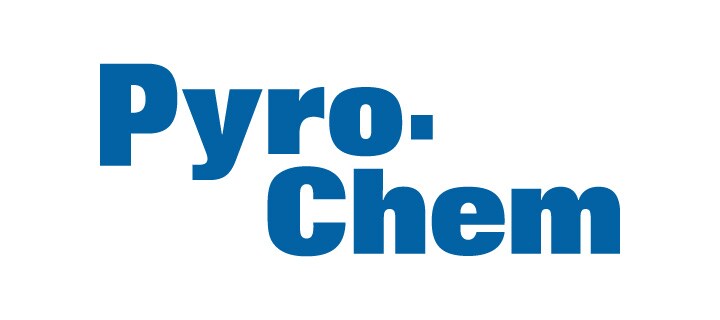



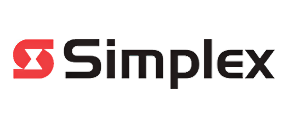
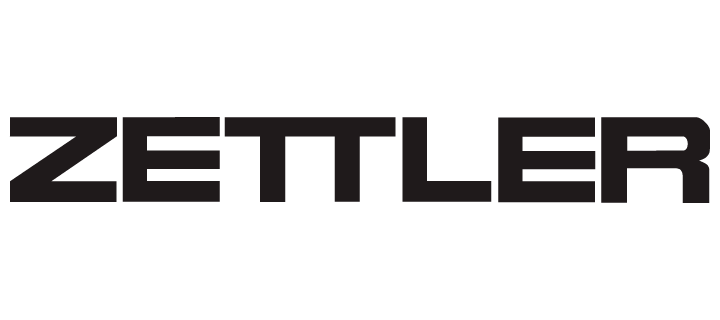
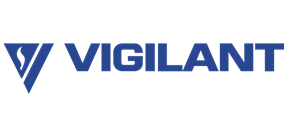
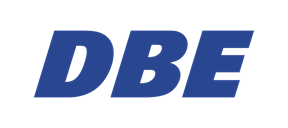
.jpg?la=en&h=310&w=720&hash=8D9823F26AA80B2B75C3E4B2E61770DC)
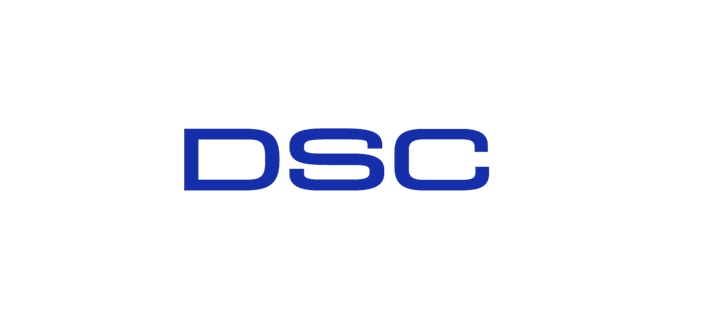
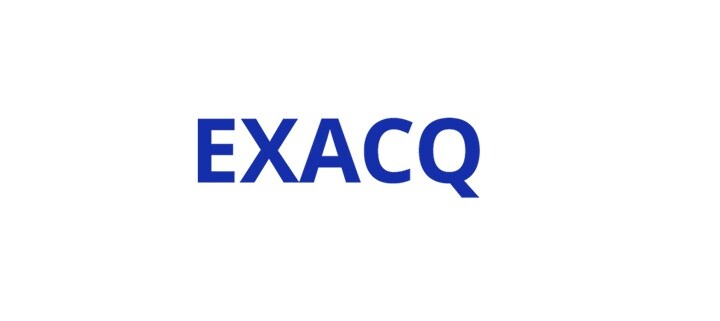
.jpg?la=en&h=320&w=719&hash=13CA7E4AA3E453809B6726B561F2F4DD)
.jpg?la=en&h=306&w=720&hash=F21A7CD3C49EFBF4D41F00691D09AEAC)

.png?la=en&h=320&w=720&hash=18CFCCD916C92D922F600511FABD775D)




